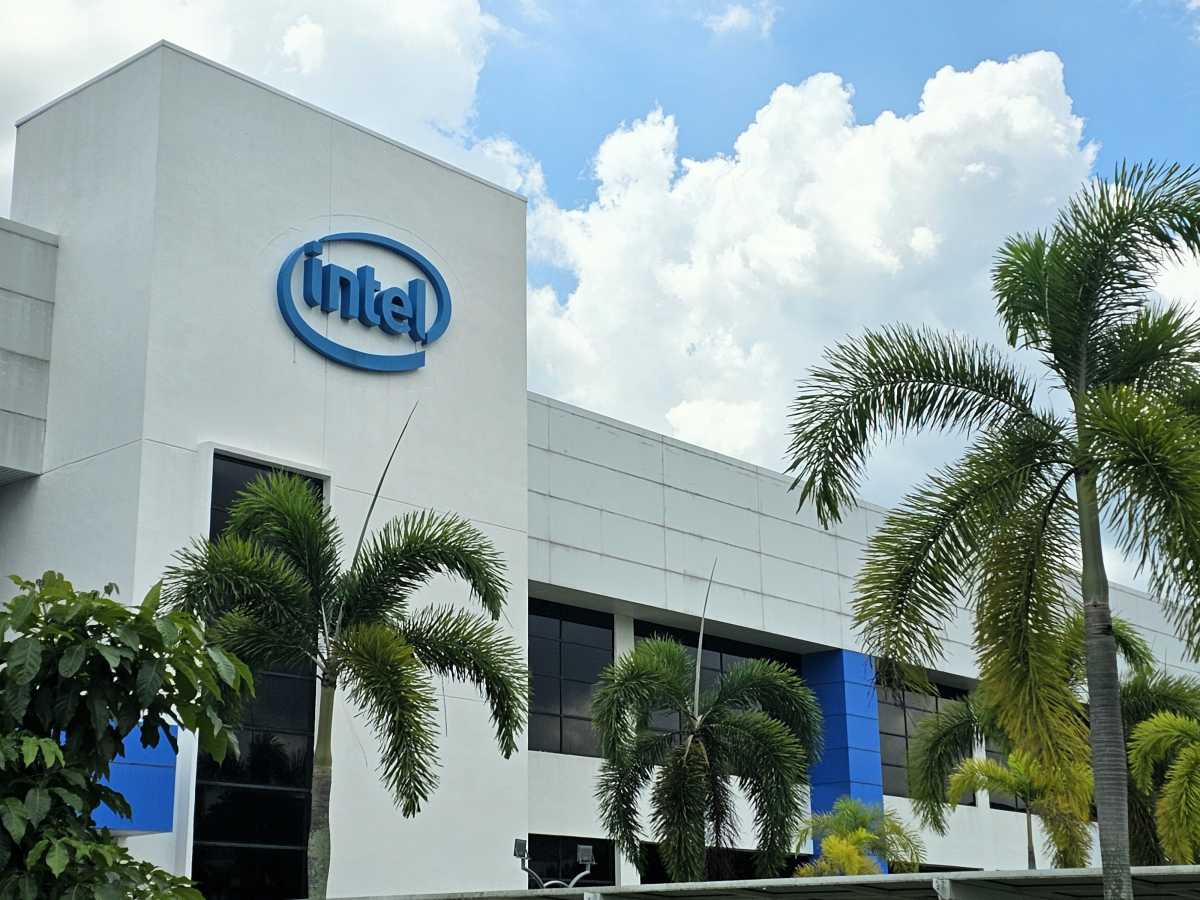
 Image: Intel
Image: Intel
Intel is preparing for Meteor Lake production to double this quarter, swelling its initial predictions that it will ship 40 million AI PCs this year. But there’s a catch: Intel is trying to build out more production capacity, as its assembly process is holding it back. Meanwhile, its next-next-gen chip, Panther Lake, is already in the fab.
Intel’s Client Computing Group, the home of its PC business, reported 30 percent growth as Intel reported a $400 million net loss on $12.7 billion of revenue during the first quarter of 2024. The bulk of Intel’s revenue still comes from Intel’s CCG, and the success of the business helped carry the company.
It’s an odd scenario for Intel to be in. Pat Gelsinger, Intel’s chief executive, said that the company is expecting Core Ultra (Meteor Lake) shipments to double in the second quarter, but that the actual revenue will be roughly the same at the end of the quarter.
“Seasonal [second-quarter] client revenue is constrained by wafer level assembly supply, which is impacting our ability to meet demand for our Core Ultra-based AI PCs,” Gelsinger said.
Here’s what’s going on: Intel’s business customers are buying Meteor Lake by the truckload, but they want more.
“We’re meeting our customer commitments that we’ve had, but they’ve come back and asked for [more] on multiple occasions across different markets,” Gelsinger explained. “And we are racing to catch up to those upside requests and the constraint has been on the back-end wafer level assembly, one of the new capabilities that are part of Meteor Lake and our subsequent client products. So with that we’re working to catch up and build more wafer level assembly capacity to meet those.”
Interestingly, it was to show off its manufacturing assembly facilities in Penang, Malaysia, that Intel invited reporters for a tour in 2023. “Assembly” covers the process of taking the raw chip wafers, cutting them up into individual dies, surrounding them with the protective chip package, and testing them.

Mark Hachman / IDG
Mark Hachman / IDG
Mark Hachman / IDG
An “AI PC” is a new category, and customers will pay more for chips that support this new category, Gelsinger said.
In the second half of the year, Intel’s customers say, demand will pick up even further with Microsoft’s expected update to Windows 11. “Add in a second-half Windows upgrade cycle, which we believe is underway, and Core Ultra is hot,” Gelsinger said.
Intel, of course, is busy trying to navigate its transition through five process nodes in four years, an aggressive manufacturing strategy that should pay dividends in lower PC power consumption and increased speeds. Intel’s Meteor Lake (Core Ultra) is on Intel 4; Intel’s Arrow Lake (a desktop chip) and Lunar Lake (the Core Ultra Series 2) will use Intel 20A, the transition to the “angstrom era” of production. In 2025, Intel will shift to Panther Lake, on Intel 18A.
Intel hasn’t said whether or not Panther Lake will straddle mobile and desktop, a strategy Intel put on hold with the 14th-gen Core Ultra and Core HX. But Panther Lake is working its way through Intel’s development fabs, with an eye toward providing first samples in early 2025 and shipping it near the middle of the year. Assuming Intel’s assembly shortfalls can be solved, Intel hopes to exceed 40 million AI PCs by the time Panther Lake ships.
Author: Mark Hachman, Senior Editor

As PCWorld’s senior editor, Mark focuses on Microsoft news and chip technology, among other beats. He has formerly written for PCMag, BYTE, Slashdot, eWEEK, and ReadWrite.
Recent stories by Mark Hachman:
No, Intel isn’t recommending baseline power profiles to fix crashing CPUsApple claims its M4 chip’s AI will obliterate PCs. Nah, not reallySnapdragon X PCs might finally work like they should


